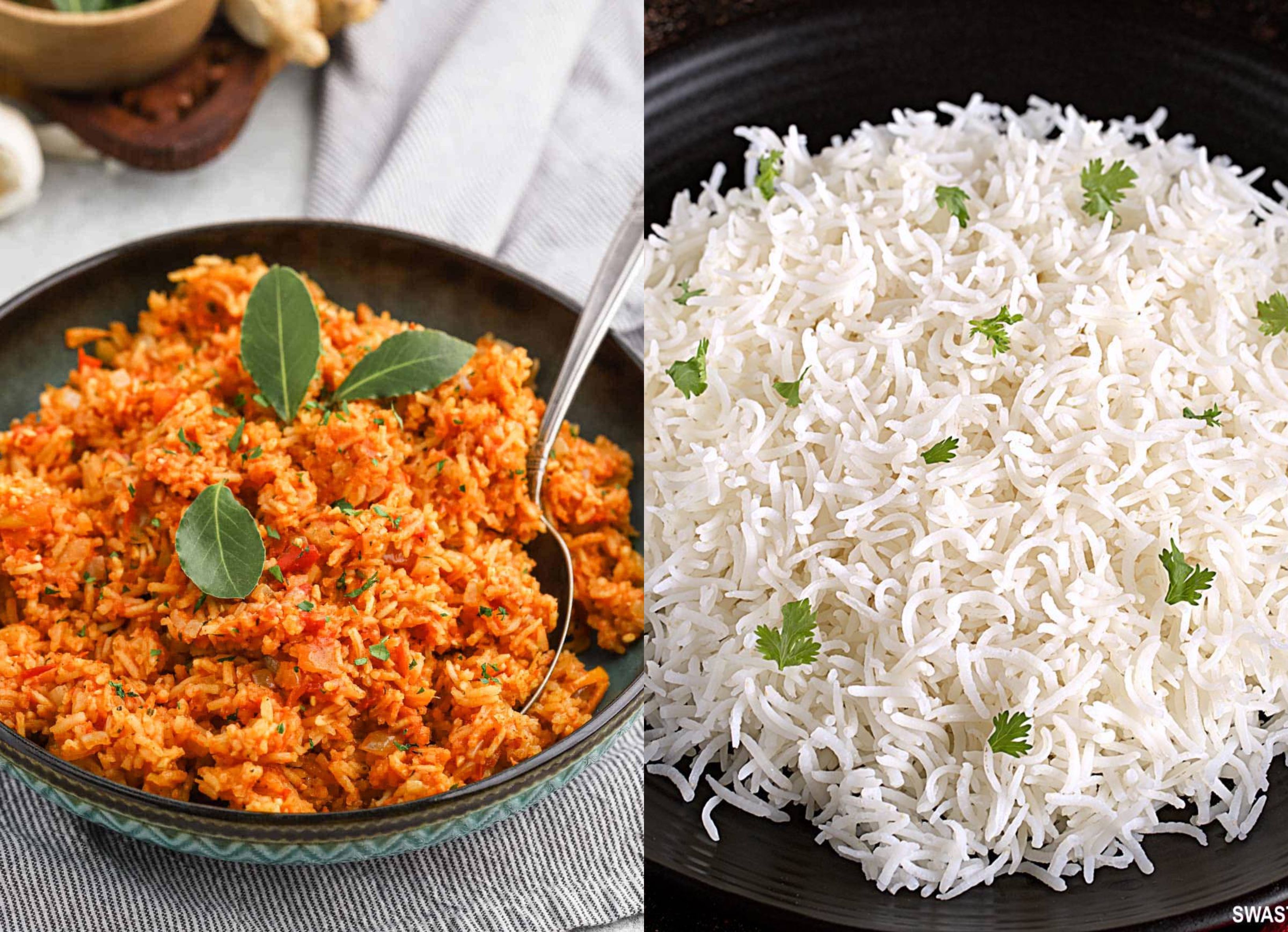Copyright pulse

Rice remains one of the world’s most consumed foods, feeding billions daily and shaping culinary traditions across continents. According to the 2025 World O Stats report on “Rice Consumption Per Capita by Country,” the global average person eats about 80.5 kilogrammes of rice each year. This figure conceals a complex story of cultural identity, agricultural reliance, and evolving dietary preferences. Asia continues to dominate global rice consumption, but Africa is rapidly emerging as a major consumer. Several African countries now rank among the highest per capita rice consumers globally, with average intake levels far above the world norm. Urbanisation, population growth, and shifting food preferences have made rice an everyday staple across the continent. ALSO READ: Top 10 African Passports with the Most Visa-Free Destinations: October 2025 Power Rankings Once considered a luxury, rice has become a daily essential in nations such as Comoros, Gambia, Liberia, and Sierra Leone. In these countries, rice forms the foundation of most meals, often eaten multiple times a day as the base for sauces and stews. Their consumption levels, sometimes exceeding 250 kilogrammes per person annually, highlight rice’s deep cultural and nutritional role, as well as limited dietary diversification in these economies. Countries like Guinea, Madagascar, and Ivory Coast also stand out as both major producers and consumers. Their high consumption reflects a balance between domestic production and imports to meet growing demand. Smaller populations, such as those of Comoros and Gambia, tend to record higher per capita consumption rates, indicating rice’s dominance in daily diets. Larger nations like Madagascar and Ivory Coast also maintain strong rice traditions, underscoring the grain’s enduring cultural significance. ALSO READ: Top 10 Countries in the World with the Highest Number of Dollar Millionaires: 2025 Rankings The data raises key policy implications. Heavy dependence on rice makes African countries vulnerable to global price changes, climate challenges, and supply chain disruptions. In response, many governments are prioritising local rice production, improved storage systems, and smallholder farmer support to reduce import reliance and strengthen food security. Globally, rising rice consumption reflects broader dietary transformation. As societies modernise, rice is favoured for its convenience, affordability, and adaptability to various cuisines. Africa’s accelerating demand mirrors earlier Asian trends, marking a shift driven by urbanisation and changing lifestyles. ALSO READ: Top 10 Best Banks in Africa: 2025 Latest Rankings Ultimately, the 2025 rankings confirm that rice is more than a crop. It is a symbol of culture, sustenance, and resilience. For Africa, it represents both progress and challenge: the progress of integration into global food systems and the challenge of achieving sustainable self-sufficiency in the face of rising demand.



